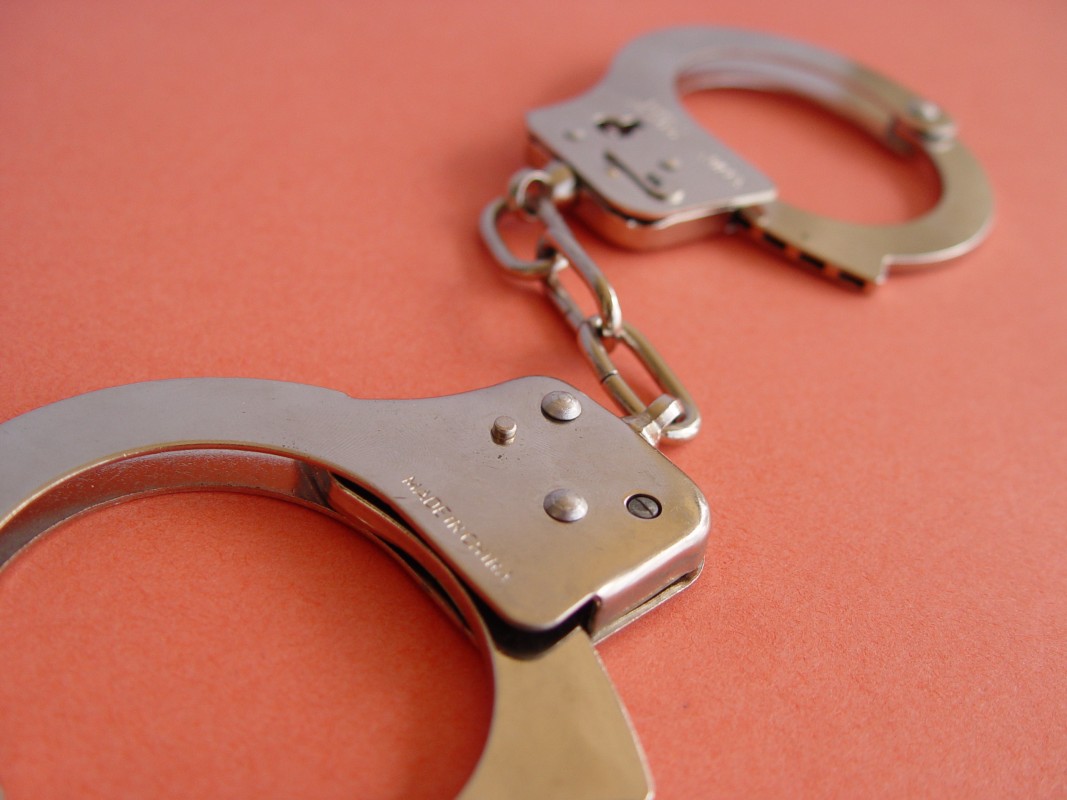"There is no longer Jew or Greek, there is no longer slave or free, there is no longer male and female; for all of you are one in Christ Jesus." - Galatians 3:28 (NRSV)

Today in the U.S., black males have a 32 percent chance of serving time in prison at some point in their lives; Hispanic males have a 17 percent chance; and white males have just a 6 percent chance. That means one out of every three black males will likely end up in prison; and this trend begins at a young age. Black students make up 17 percent of all school age youth, but they constitute 37 percent of all suspensions and 35 percent of expulsions. In fact, students of color have little more than a 50-50 chance of graduating from high school. And among youth who have never been to juvenile prison before, blacks are more than six times as likely as whites to be sentenced to prison for identical crimes. This disproportionate treatment only increases into adulthood, as blacks make up only 14 percent of the U.S. population but 37 percent of its prisoners. The reverse is true for whites: 63 percent of the U.S. population and 33 percent of prisoners. In fact, more black adults are under correctional control today than were enslaved in the year 1850. Due to the denial of voting rights to many convicted felons, one in seven black men has lost the right to vote, more than were disenfranchised in 1870, the year before the 15th Amendment was ratified. Though not based explicitly on race, this new system of criminalizing black men has created a new 'underclass,' one that looks strikingly similar to the days of slavery or Jim Crow. Those accused or convicted of a crime, it seems, are the only Americans not legally protected from discrimination.
Download a Fact Sheet on Racism & Mass Incarceration (click here)
Videos on Racism & Mass Incarceration
Questions:
- Do you believe racism still exists in the U.S. today?
- Why do you think there is such a high percentage of minorities in prison?
- Do socioeconomics completely explain this imbalance in race among prisoners?
- Do you believe racial stereotypes affect school discipline and how the criminal justice system works?
- Is it possible that our criminal justice system continues to be racist today, even though most judges and prosecutors are not themselves racist?
Sources:
- The New Jim Crow, by Michelle Alexander
- “Education or Incarceration: Zero Tolerance Policies and The School to Prison Pipeline,” by Nancy Heitzeg (Forum on Public Policy, 2009)
- “Why Mass Incarceration Matters: Rethinking Crisis, Decline, and Transformation in Postwar American History,” Heather Ann Thompson (The Journal of American History, December 2010)
- “Facts About Prisons and People in Prisons,” The Sentencing Project, January 2014